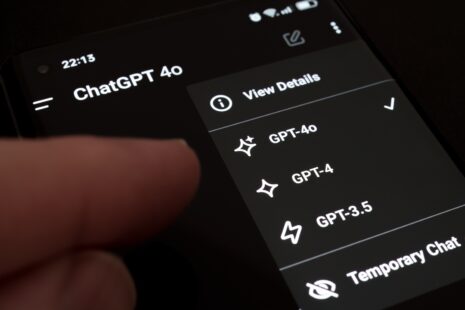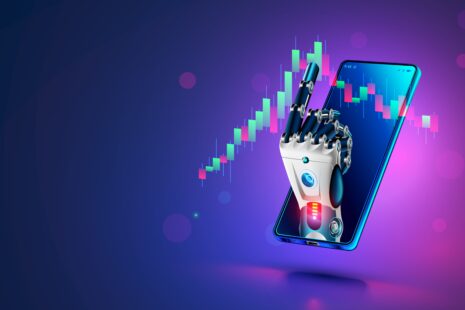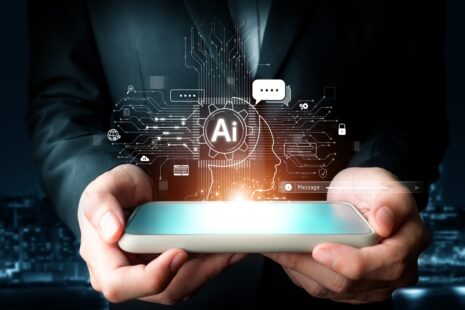AI-generated art has gained popularity, but its commercial use depends on multiple factors, including copyright laws, licensing, and platform policies.
Can You Use AI Art for Commercial Purposes?
AI Art and Copyright Laws
- No Human Author – Most copyright laws require human creativity, meaning AI-generated art may not qualify for traditional copyright protection.
- Jurisdiction Matters – Some countries may allow AI-generated content to be copyrighted if substantial human input is involved.
Ownership of AI Art
- AI Tool Policies – Platforms like OpenAI’s DALL·E, Midjourney, and Stable Diffusion have specific terms for commercial use. Some allow full commercial rights, while others impose restrictions.
- Who Owns It? – If you use an AI tool, check if the company retains ownership or grants you full usage rights.
Licensing and Restrictions
- Royalty-Free vs. Licensed – Some AI platforms offer royalty-free images, while others require a license for commercial use.
- Content Restrictions – AI art that resembles copyrighted characters, logos, or trademarks may violate intellectual property laws.
Ethical and Legal Risks
- Plagiarism Concerns – AI-generated art trained on copyrighted images might raise ethical and legal issues.
- Trademark Violations – Using AI art in branding, advertising, or merchandise could risk legal disputes if it resembles existing works.
Best Practices for Using AI Art Commercially
- Check the Terms of the AI Tool – Read the platform’s usage policies before selling AI-generated content.
- Modify and Add Human Creativity – Adding unique elements can strengthen claims of originality.
- Avoid Copyrighted or Trademarked Elements – Ensure the AI-generated art doesn’t imitate protected works.
- Use Open-Source AI Models – Some platforms offer AI-generated art under open licenses for free commercial use.
AI art can be commercially viable, but businesses and creators should verify ownership rights and legal considerations before selling or distributing it.




